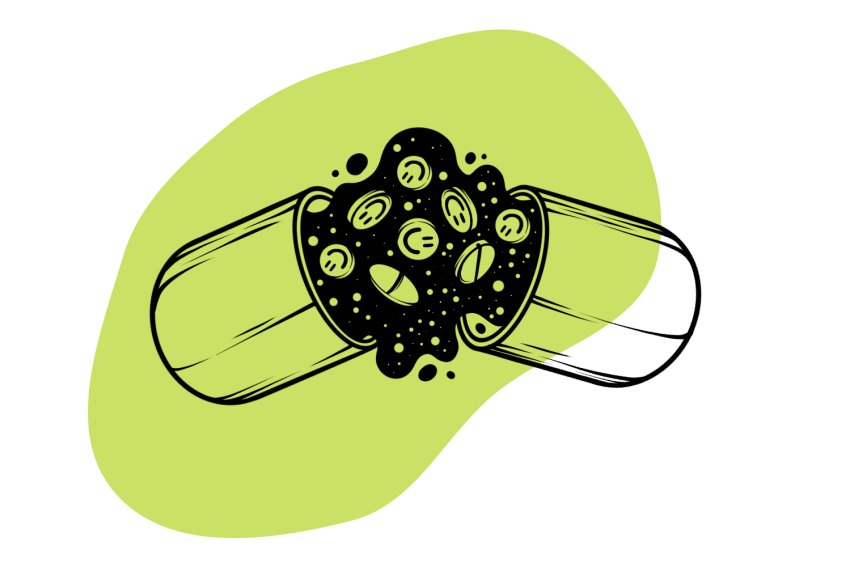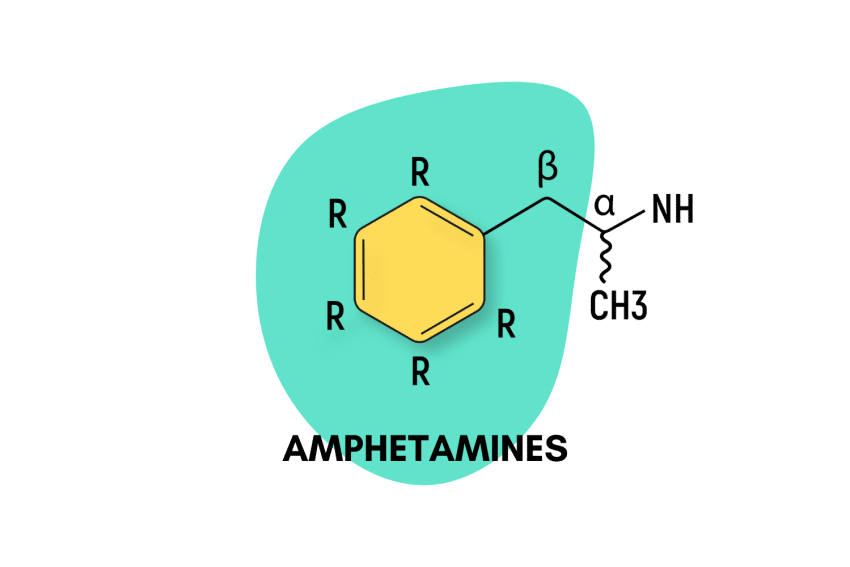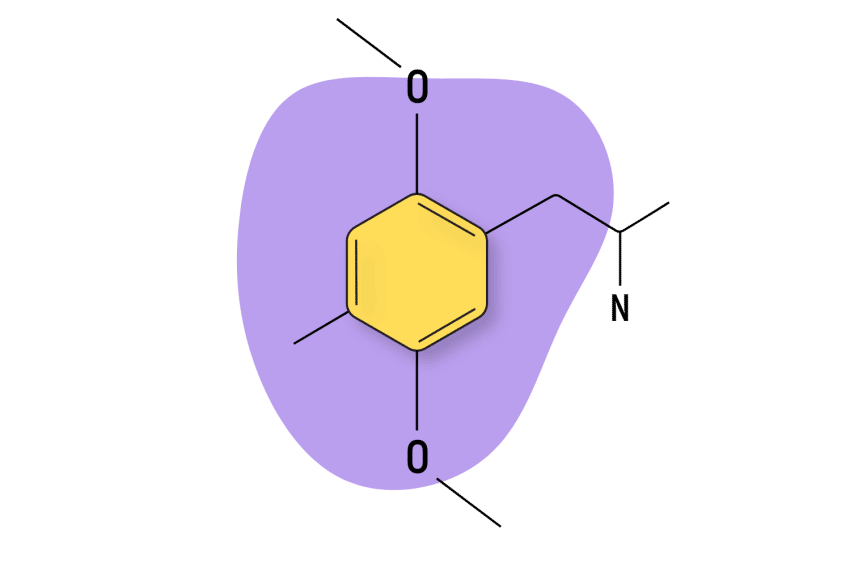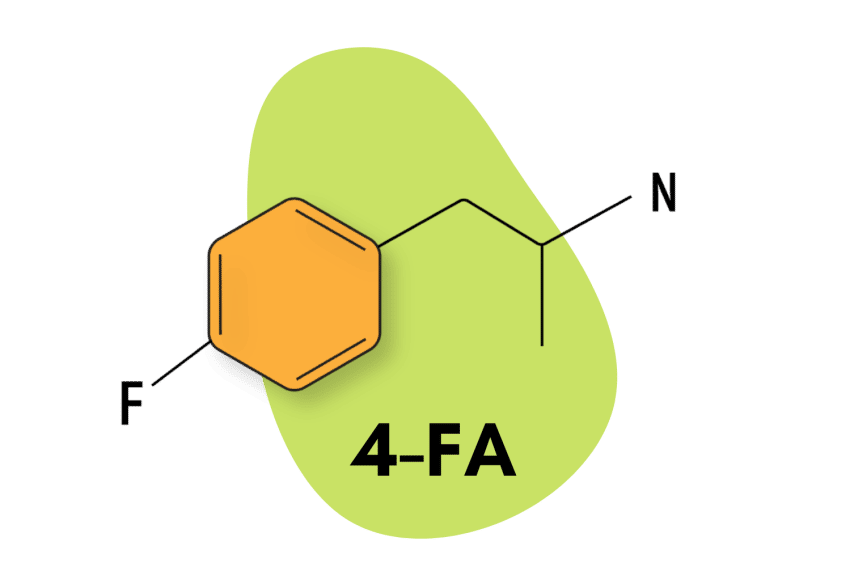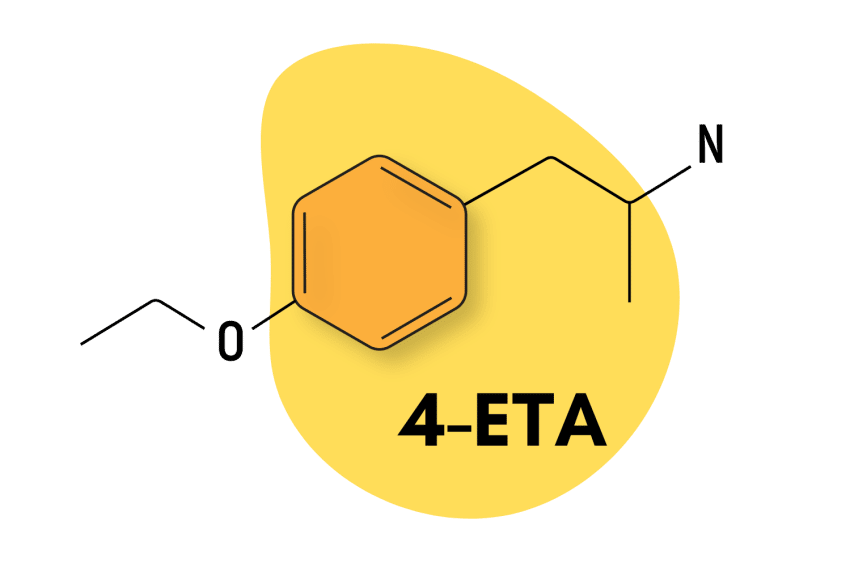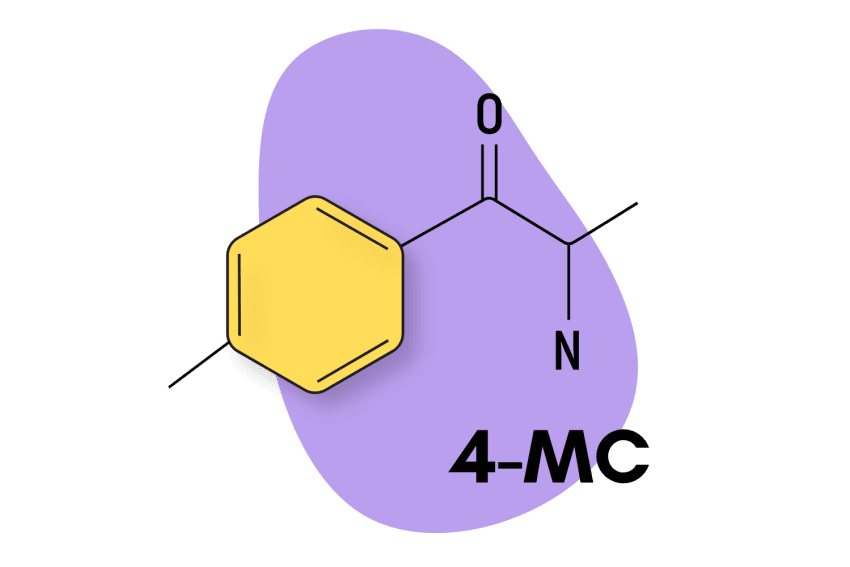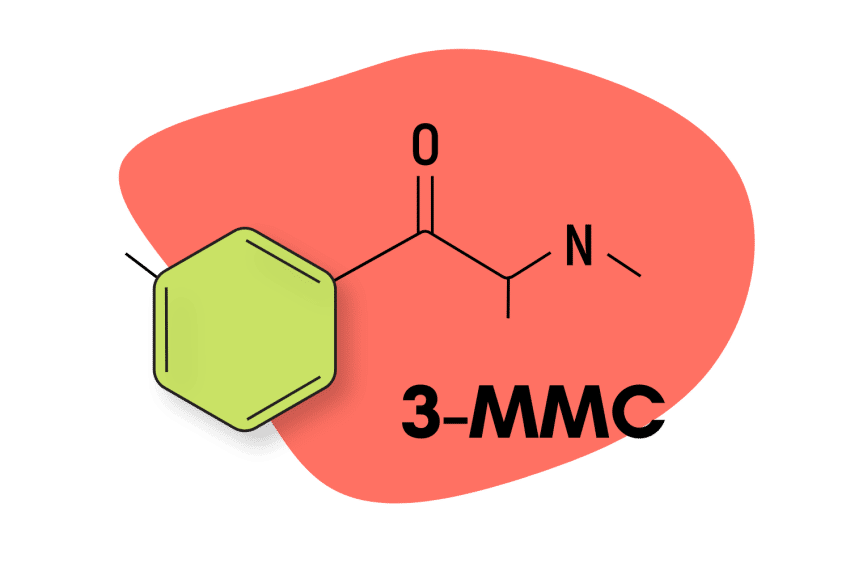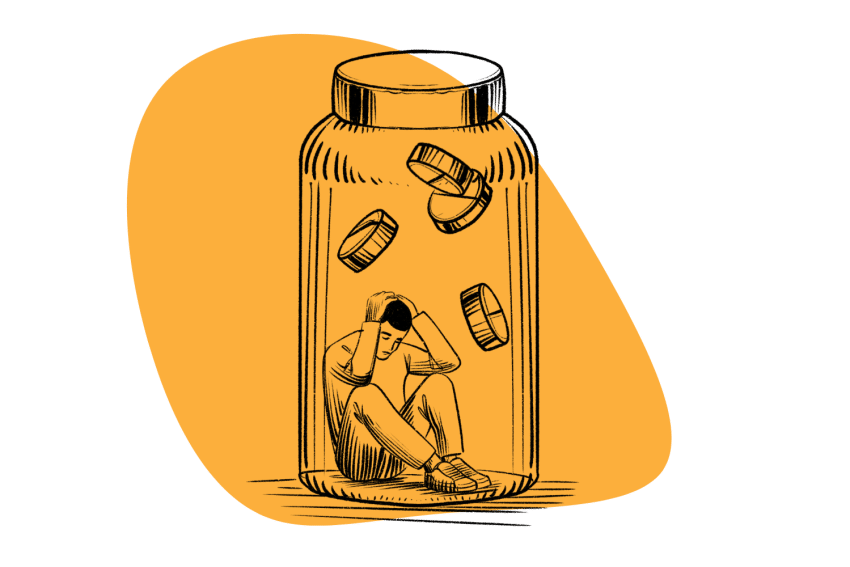DOAM: What Do We Know About This Mysterious Psychedelic?
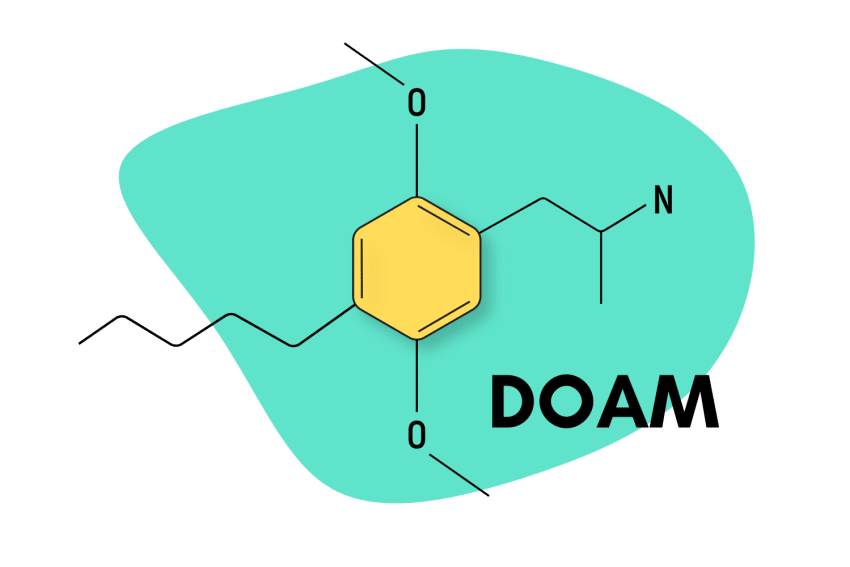
What is DOAM?
Dimethoxy-4-amylamphetamine – also known as DOAM – is a psychedelic substituted amphetamine and, more specifically, a member of the DOx family, a subtype of amphetamine compounds that houses some of the most popular, powerful, and long-lasting psychedelics enjoyed by the psychonaut community.
Chemically speaking, DOAM is the 4-alkyl version of Shulgin’s so-called “Ten Classic Ladies” — a class of homologous DOX compounds that include DOM, DOET, DOPR, and DOBU — each one with slight differences in the functional side chains.

DOAM has been sold as a recreational compound in the designer drug world, but it does not appear to hold a substantial level of popularity. This could be due to many reasons, such as difficulties with synthesis, but, for the most part, a lack of popularity implies that a compound’s psychoactive profile is simply not that attractive for most users.
Because of its low status, there is not much information on DOAM. However, there are still little bits of information out there, enough for us to discuss certain aspects of its profile and also make some educated assumptions.
DOAM Specs
| Chemical Name | 2,5-Dimethoxy-4-amyl-amphetamine |
| Level of Risk | Low to moderate |
| Other Names | N/A |
| Most Common Side Effects | Psychosis, seizures, anxiety, paranoia, agitation, confusion, increased heart rate and blood pressure, palpitations, chest pain, and difficulty breathing. |
| Duration of Effects | Unknown |
| Estimated Threshold Dose | 5 mg |
| Common Dose | 10 mg |
| Legality/Status | Research chemical |
| PubChem ID: | 12262512 |
| CAS# | 63779-90-8 |
Tripsitter Safe DOAM Guidelines
- 🐍 I understand why substituted amphetamines should be treated with respect
- ⚖️ I’m familiar with the laws for substituted amphetamines in my country & state
- 🍄 I’m familiar with and confident in the dose I’m taking
- 🧪 I’ve tested a sample of the substance I’m using with a drug-testing kit
- 💊 I’m not mixing any medications or other substances with DOAM
- 🏔 I’m in a safe & comfortable environment with people I trust
- 🐺 One of the members of my group is responsible and sober (AKA a trip sitter)
- ⏳ I have nothing important scheduled for after the trip
- 🧠 I’m in a sound & healthy state of mind
- ❤️ I don’t have any underlying health issues — don’t take DOAM if you have underlying heart, neurological, or psychiatric disorders
- 👭 Use the buddy system — DOAM can remove your inhibition and allow you to make unsafe decisions, always stay with people you trust, and never go out alone
- 🌵 I understand the risk of dehydration — it’s easy to become dehydrated while on DOAM, so make sure you’re drinking a cup of water every hour while using DOAM
- 🦻 Protect your hearing — music can be intoxicating while on DOAM, so protect your hearing and bring ear protection before you go out to a club or concert
What Are The Effects of DOAM?
Due to its relatively obscure status, there are not a lot of sources to draw from when attempting to sketch out the psychoactive profile of DOAM and how it feels in terms of subjective effects.
Alexander Shulgin, the creator of DOAM, said this about his experiences with 10 mg of DOAM:
There was a clear threshold that in no way interfered with my day’s activities. I was quite gay and voluble at lunch and bubbled on into the afternoon with puns and high spirits. There may have been a little motor incoordination as noted in handwriting, and there was a strange tenseness during driving. There were no sequelae, there was no trouble sleeping.”
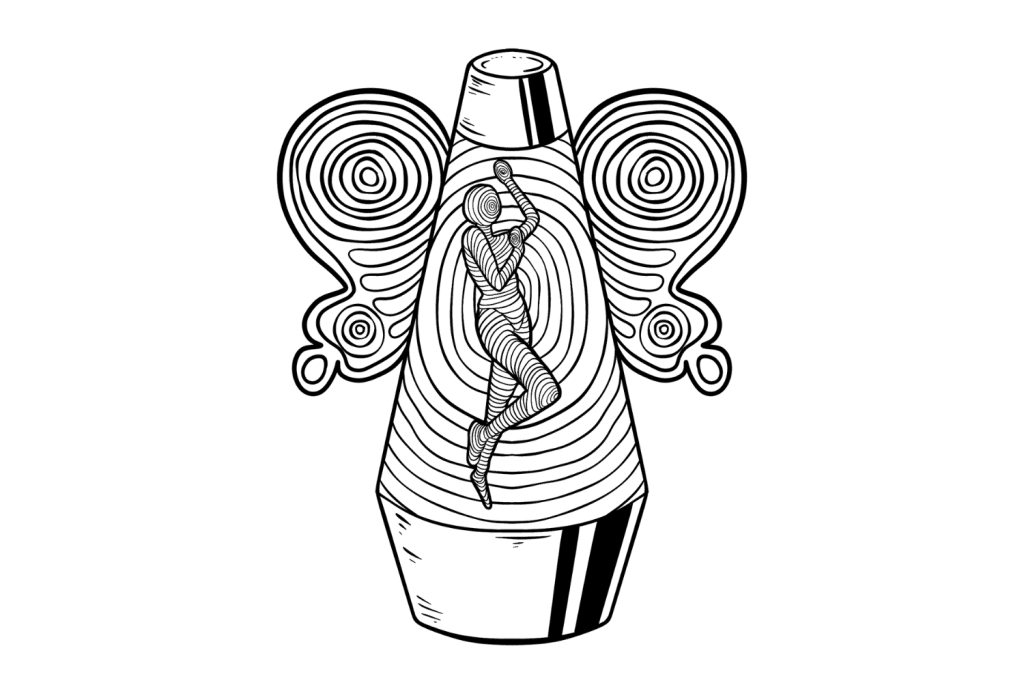
From Shulgin’s comments, it would seem that DOAM is at least a partly functional psychedelic amphetamine. (As opposed to a non-functional, wherein completing tasks and maintaining a productive and coherent state of mind is difficult.) It would also seem that DOAM produces some euphoria as Shulgin remarks on the ‘high spirits’ this compound gave him.
Apart from these short remarks from Shulgin, we know very little about DOAM. Discussions on designer drug forums like Bluelight and Psychonaut are practically non-existent, so other sources of information are quite scarce.
Although the lack of information is disappointing, we can feel confident that DOAM’s profile of effects is similar to that of other compounds in its class.
DOx compounds are a class of psychedelics structurally related to the phenethylamine family, which includes compounds such as mescaline and MDMA. These compounds are known for their potent psychedelic effects, with effects lasting for up to 24 hours or longer and their unusually long come-up times (sometimes as much as four hours).
Pharmacologically, DOx compounds primarily work by activating serotonin receptors in the brain, particularly the 5-HT2A receptor but can also affect dopamine receptors, which accounts for their stimulant properties. DOx compounds produce a range of psychedelic effects, including alterations in perception, thought, mood, and sense of self.
The general ‘feel’ of the psychedelia produced by DOx compounds is often described as euphoric and very physical. For example, users often feel the need to dance, run, and jump around, which contrasts with other psychedelics like magic mushrooms, which are generally more ‘chill’ and laid back in their effects.

